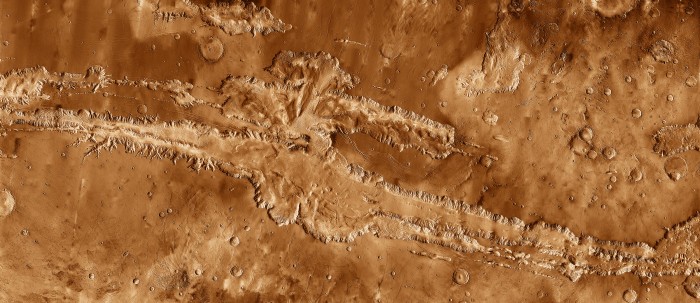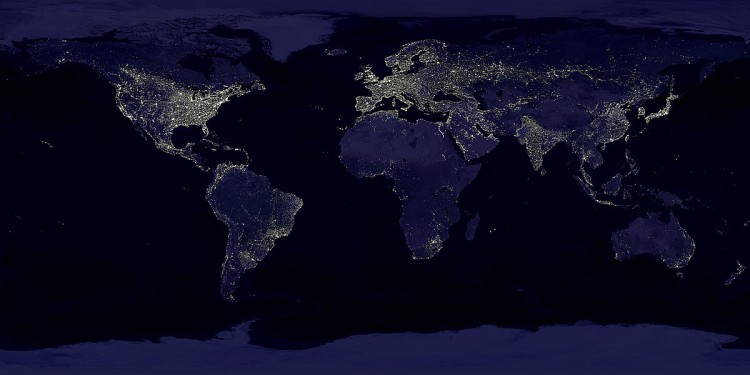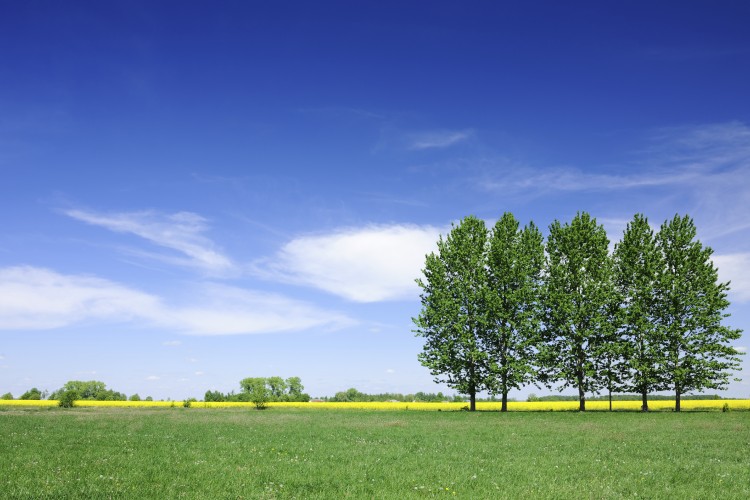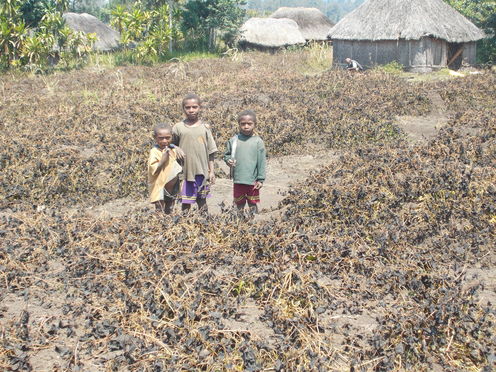The latest Environment and Society featured article is now available! This month’s article, “Untangling Introduced and Invasive Animals,” comes from Volume 4 (2013). Crystal Fortwangler explores introduced and invasive species, untangling the ways disciplinary frameworks across the social sciences, natural sciences, and humanities examine introduced and invasive species and their relations with human societies.
Visit the featured article page to download your copy of the article today before it’s gone! A new article is featured every month.
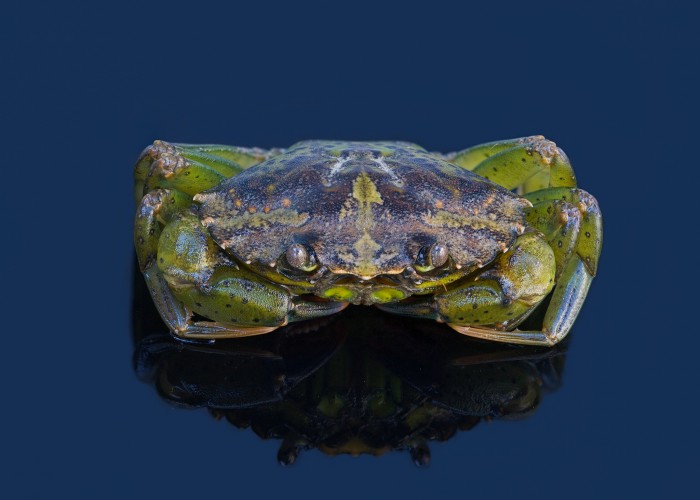
Crystal Fortwangler is Assistant Professor of Sustainability and Environmental Anthropology at the Falk School of Sustainability. Most recently she was at Lafayette College where she held a Mellon Post-Doctoral Scholarship to help guide an emerging Environmental Studies program. Previously, she held a Visiting Assistant Professor position in Environmental Studies at Oberlin College. She has a joint-Ph.D. in cultural anthropology and natural resources/environmental studies, and owns a film company focused on exploring sustainability in conversation with human and animal welfare. She emphasizes ethical and justice frameworks in sustainability and engages the social sciences and humanities as part of applied and action-oriented projects. Her research and films explore how we can simultaneously best pursue conservation & marine protection, social and economic justice, and animal welfare. Key to her work is also considering how sustainability is communicated to various audiences.

